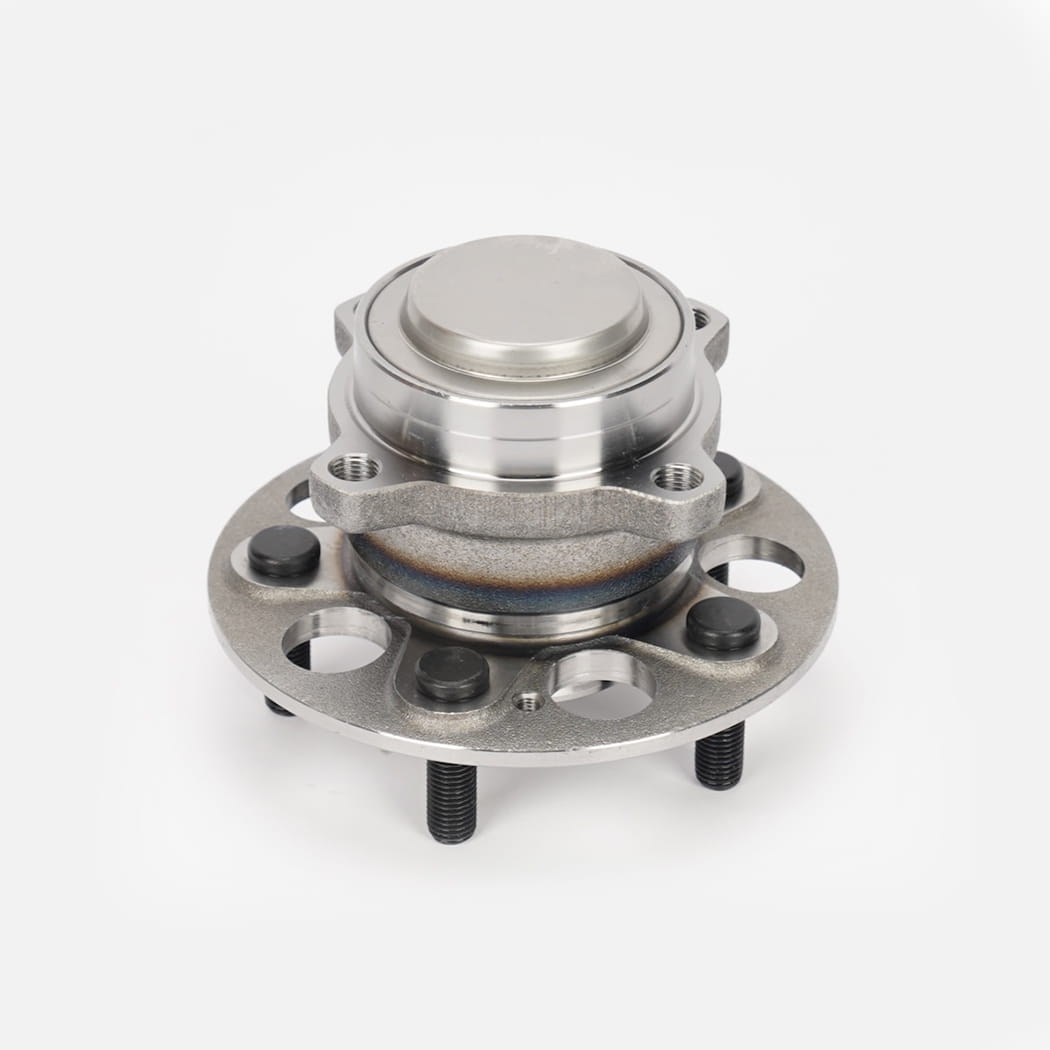Vehicle wheel bearings are critical components that allow your wheels to spin freely with minimal friction while supporting the weight of your vehicle. Essentially, these automotive wheel bearings are sets of steel balls or tapered rollers held together by a metal ring. They are subjected to immense forces, heat, and constant rotation, making them prone to wear and tear over time. When a wheel bearing starts to fail, it can lead to a range of noticeable and potentially dangerous symptoms. Recognizing these signs early is crucial for your safety and to prevent more extensive damage to your vehicle.
1. Abnormal Noises: One of the most common and earliest indicators of a failing wheel bearing is an unusual noise emanating from the wheel area. This noise often changes with vehicle speed or direction.
Humming, Roaring, or Grinding: This is perhaps the most classic symptom. As the internal components of the car wheel bearing wear down, they create friction and vibration that manifests as a continuous humming, roaring, or even a grinding sound. This noise typically gets louder as your speed increases.
Growling or Rumbling: Similar to the above, a low-pitched growling or rumbling sound, especially when turning or going over bumps, can point to a worn-out bearing assembly.
Clicking or Popping: In some cases, particularly with sealed bearing units that are severely damaged, you might hear intermittent clicking or popping sounds, often more pronounced when turning or at lower speeds.
2. Vibration or Looseness in the Steering Wheel: A failing wheel bearing can transmit vibrations through the suspension system and into the steering wheel.
Vibrations that Worsen with Speed: As the internal components degrade, they cause imbalances that lead to vibrations felt in the steering wheel, floorboard, or even the seats. These vibrations usually intensify with higher speeds.
Excessive Play in the Wheel: If the bearing is severely worn, you might notice an excessive amount of play or looseness when wiggling the wheel by hand (when the vehicle is safely jacked up). This indicates a significant loss of integrity in the hub bearing unit.
3. Uneven Tire Wear: While many factors can contribute to uneven tire wear, a bad wheel bearing can certainly be one of them. A compromised bearing can cause the wheel to wobble slightly, leading to irregular contact with the road surface. This can result in:
Cupping or Scalloping: This refers to a series of dips or scoops around the tire's circumference, often a sign of suspension issues, including a worn wheel hub bearing.

4. ABS Light Illumination: Modern vehicles often integrate the wheel speed sensor (which is crucial for the Anti-lock Braking System) directly into the automotive hub bearing assembly. If the bearing fails, it can damage or interfere with this sensor, causing the ABS warning light to illuminate on your dashboard. This is a clear signal that something is amiss with your wheel speed readings.
5. Vehicle Pulling to One Side: Although less common and often indicative of other issues like alignment or brake problems, a severely compromised wheel bearing can sometimes cause the vehicle to pull to one side. This is because the increased friction or looseness in the affected wheel can create an imbalance in the forces acting on the vehicle.
Ignoring the symptoms of a bad wheel bearing can have serious consequences. A completely failed bearing can cause the wheel to seize up, potentially leading to a loss of control, especially at high speeds. It can also cause catastrophic damage to other components, such as the axle, braking system, and suspension, leading to much more expensive repairs.
If you suspect you have a bad wheel bearing, it's essential to have your vehicle inspected by a qualified mechanic as soon as possible. They can properly diagnose the issue and replace the wheel end bearing before it leads to further problems. Regular maintenance and attentive driving can help you catch these issues early and ensure the longevity and safety of your vehicle.